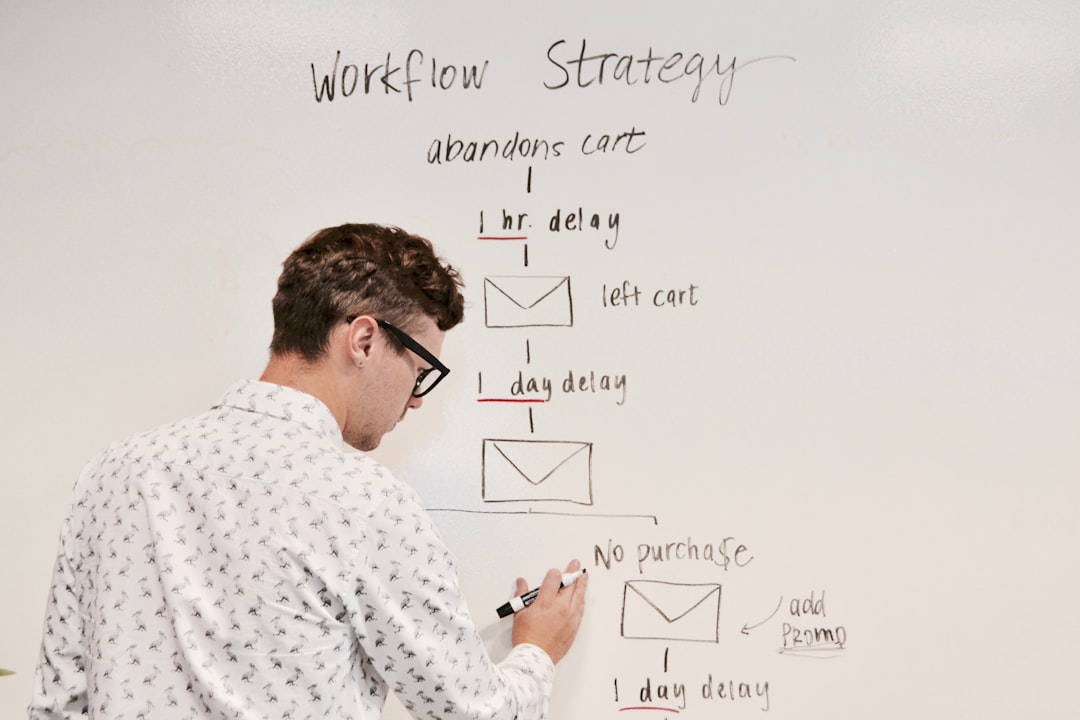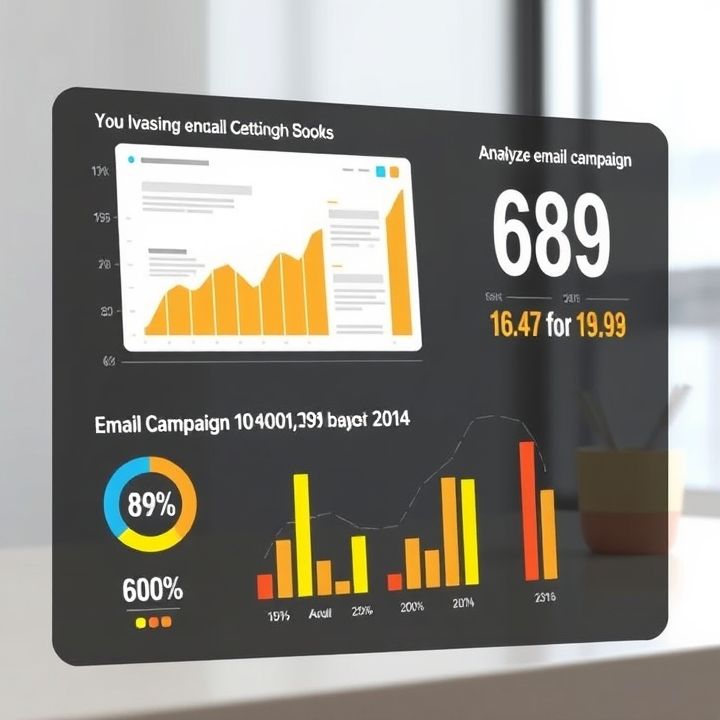Table of Contents
- Introduction
- Understanding the Reasons Behind Email Unsubscriptions
- Optimizing Email Content to Reduce Unsubscribe Rates
- Segmenting Your Email List for Targeted Engagement
- Timing and Frequency: Finding the Balance to Minimize Unsubscriptions
- Providing a Seamless Unsubscribe Experience with Opt-Down Options
- Conclusion
- Frequently Asked Questions
Introduction
In the ever-evolving landscape of digital marketing, email remains a steadfast champion, bridging the gap between brands and their audiences. However, in a world overflowing with inbox clutter, the challenge lies in retaining those precious subscribers once they’ve signed up.
Unlock the secrets to drastically reducing email unsubscribes by diving into a wealth of strategies designed to captivate and retain your audience’s attention.
Explore the world of subscriber loyalty, where content is king, and engagement is the reigning queen. Discover the vital elements that propel emails from mere messages to motivating calls-to-action that not only reach but resonate with recipients. Prepare to revolutionize your email marketing approach with these expert strategies, ensuring that your subscribers remain eager participants in your digital dialogue.
| Email Marketing Strategies | Benefits |
|---|---|
| Engaging Content | Boosts Reader Retention |
| Personalization | Improves Customer Relationships |
| Automation | Streamlines Campaigns |
Prepare to unravel the mysteries of email marketing mastery.
Understanding the Reasons Behind Email Unsubscriptions
Email unsubscriptions are an inevitable part of managing a mailing list, but understanding the reasons behind them can help businesses refine their communication strategies. Often, subscribers choose to unsubscribe due to the frequency of emails. If emails are sent too often, they might overwhelm the recipient, leading to a decision to opt out. Alternatively, if the content is irrelevant or fails to meet the interests and needs of the audience, subscribers may lose interest. Another common reason is a lack of personalization. Emails that feel generic or do not address the recipient’s preferences can diminish engagement. Additionally, unclear or misleading subject lines might create frustration, prompting recipients to unsubscribe. Finally, subscribers might leave if they feel their privacy is at risk or if the subscription process is too complex. By addressing these factors, businesses can reduce the number of unsubscriptions and maintain a healthy and engaged email list.
Optimizing Email Content to Reduce Unsubscribe Rates
Optimizing email content is essential for reducing unsubscribe rates and maintaining a healthy subscriber list. The first step is understanding your audience and tailoring content to meet their interests. Personalization plays a key role; addressing subscribers by their name and segmenting them based on their preferences can make emails more relevant and engaging. Consistency in tone and style helps build a recognizable brand voice, which can foster a stronger connection with your audience.
Providing value is critical, so focus on sharing insightful information, special offers, or exclusive content that can benefit the subscriber. It’s also important to ensure the content is concise and visually appealing, as overly lengthy emails can cause disengagement. Additionally, optimize subject lines to be intriguing yet informative, encouraging higher open rates.
Another effective strategy is to request feedback from those who choose to unsubscribe. Understanding the reasons behind their decision can provide actionable insights to improve future campaigns. Regularly analyzing engagement metrics like open rates and click-through rates can also highlight areas for enhancement, allowing you to consistently refine your approach. By employing these strategies, businesses can create more targeted and compelling email content that resonates with subscribers, thereby minimizing the chances of them unsubscribing.
Segmenting Your Email List for Targeted Engagement
Segmenting your email list for targeted engagement is a powerful strategy that can significantly enhance your email marketing efforts. By dividing your audience into smaller, more specific groups based on criteria such as demographics, past interactions, and purchase history, you can tailor your messages to better meet their needs and interests. This targeted approach increases the likelihood of engagement, as recipients receive content that is relevant and valuable to them.
One way to segment your list is by using behavioral data, such as purchase history or website interactions. This allows you to send personalized offers and recommendations that resonate with your subscribers’ preferences. Another effective method is demographic segmentation, where you group subscribers based on age, gender, or location, enabling you to craft messages that align with their specific characteristics.
Furthermore, consider using engagement levels to segment your list. Identifying and categorizing active, inactive, or new subscribers can help you create different strategies to re-engage or nurture them. By implementing these techniques, you not only improve your open and click-through rates but also build stronger relationships with your audience, ultimately reducing unsubscribe rates.
Timing and Frequency: Finding the Balance to Minimize Unsubscriptions
Finding the right timing and frequency for your emails is crucial in minimizing unsubscriptions. One of the key strategies is to consider the preferences and habits of your audience. Conducting surveys or analyzing behavioral data can offer insights into the best times to contact your subscribers. For example, sending emails during mid-week when people are less likely to be overwhelmed with promotions might yield better engagement.
Equally important is the frequency of your emails. Bombarding subscribers with too many messages can lead to quick fatigue, increasing the chances of unsubscriptions. Striking a balance where you remain top-of-mind while not being intrusive is essential. A/B testing different frequencies can help identify what works best for your audience.
Providing your subscribers with options to select their desired frequency ensures they receive content at a pace comfortable for them. This self-selection builds trust and reduces the likelihood of unsubscribing. Regularly revisiting and adjusting your email schedule based on analytics and feedback can help maintain this balance as habits and preferences evolve over time.
Providing a Seamless Unsubscribe Experience with Opt-Down Options
Providing a seamless unsubscribe experience is essential for maintaining a positive relationship with your email subscribers. When a subscriber decides to opt-out, it’s crucial to offer an easy and hassle-free process. A visible and simple unsubscribe link in every email ensures that users can easily find their way out if they choose to do so. However, before they opt-out entirely, providing an opt-down option can be a game-changer. An opt-down choice allows subscribers to reduce the frequency of emails, helping retain those who aren’t ready to part ways completely but feel overwhelmed by the volume.
When implementing opt-down options, offer choices such as receiving emails less frequently, only receiving specific types of content, or pausing emails for a period of time. This measure not only demonstrates flexibility but also respects the subscriber’s preferences. By doing so, companies can maintain valuable connections, potentially reducing the overall unsubscribe rate. Furthermore, it shows empathy and consideration for user preferences, which can bolster long-term subscriber loyalty. Incorporating these strategies is integral to a thoughtful email marketing approach, ensuring subscribers feel valued and empowered in their communication choices.
Conclusion
In the dynamic landscape of email marketing, mastering the art of maintaining subscribers involves more than just crafting compelling content. It requires a comprehensive approach that addresses the myriad of factors influencing unsubscription decisions. By understanding the reasons behind email unsubscriptions and optimizing your email content with valuable and personalized information, you can significantly enhance audience retention. Segmenting your email list ensures that your communications remain relevant and targeted, boosting engagement and minimizing opt-outs. Furthermore, finding the right balance in timing and frequency is key to preventing subscriber fatigue while maintaining your brand’s presence.
Equally important is the manner in which you handle the unsubscribe process. Providing a seamless and thoughtful experience, complete with opt-down options, shows respect for subscriber preferences and can preserve valuable relationships. By integrating these strategic elements, businesses not only reduce unsubscribe rates but also build a loyal subscriber base that feels valued and understood. Continual analysis and adaptation in response to feedback further ensures the refinement of your strategy, ultimately contributing to the success of your email marketing campaigns.

